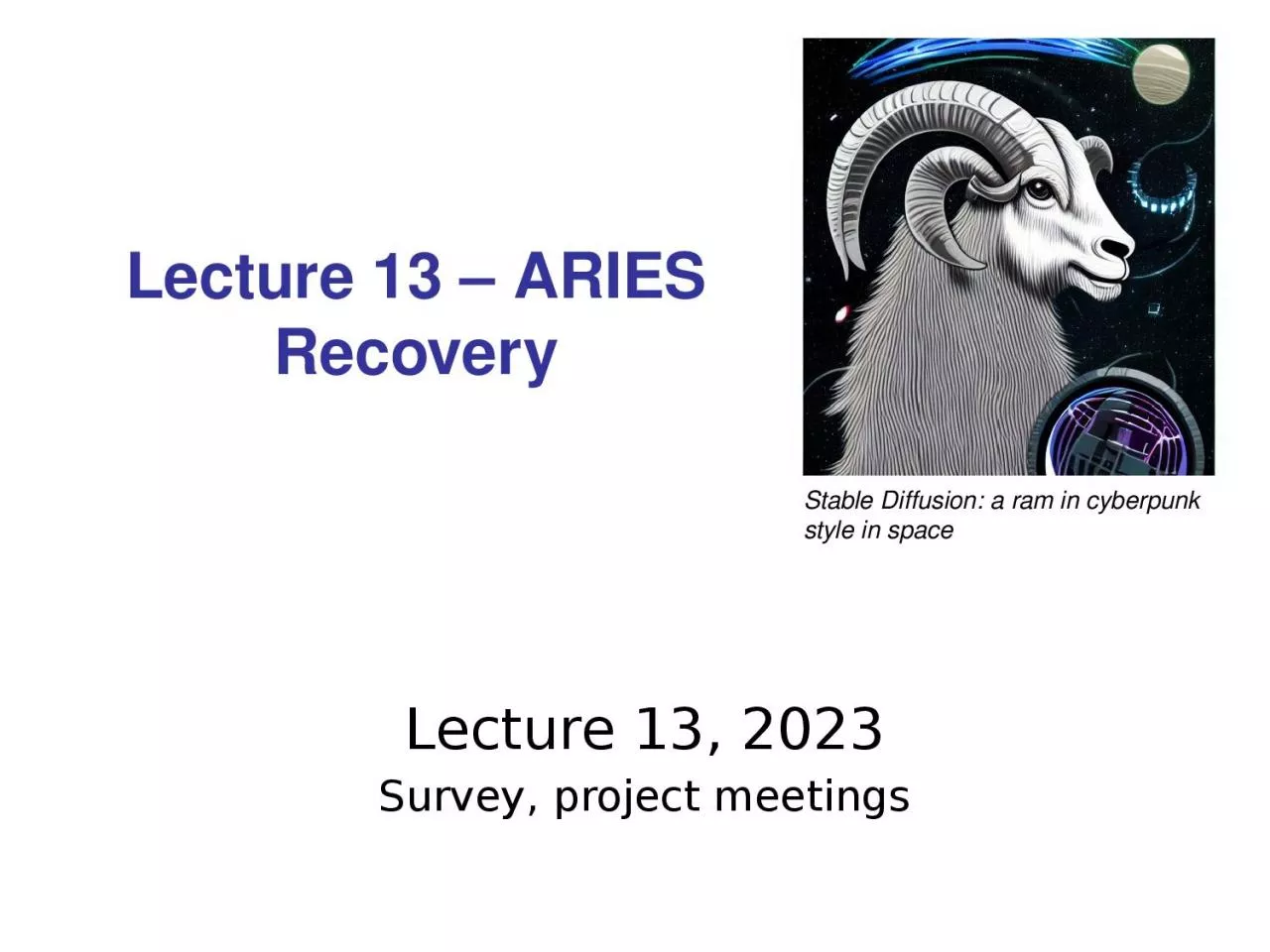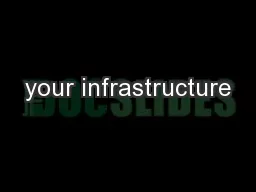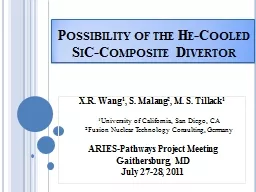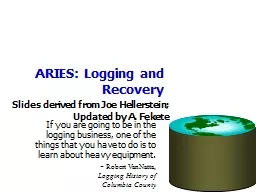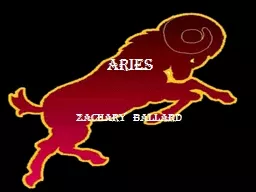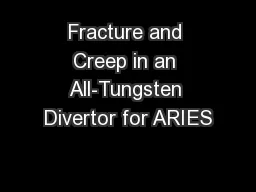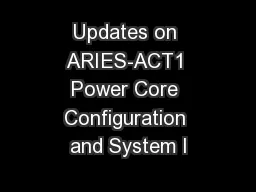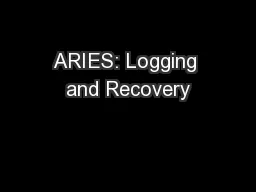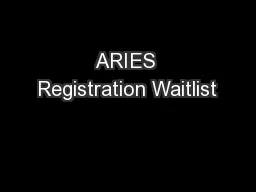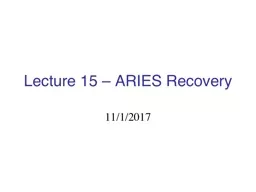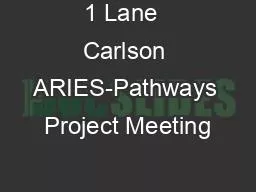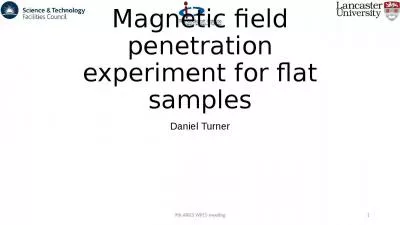PPT-Lecture 13 – ARIES Recovery
Author : deborah | Published Date : 2024-03-13
Lecture 13 2023 Survey project meetings Stable Diffusion a ram in cyberpunk style in space Recovery Recap What happens during crash Memory is reset State on disk
Presentation Embed Code
Download Presentation
Download Presentation The PPT/PDF document "Lecture 13 – ARIES Recovery" is the property of its rightful owner. Permission is granted to download and print the materials on this website for personal, non-commercial use only, and to display it on your personal computer provided you do not modify the materials and that you retain all copyright notices contained in the materials. By downloading content from our website, you accept the terms of this agreement.
Lecture 13 – ARIES Recovery: Transcript
Download Rules Of Document
"Lecture 13 – ARIES Recovery"The content belongs to its owner. You may download and print it for personal use, without modification, and keep all copyright notices. By downloading, you agree to these terms.
Related Documents

